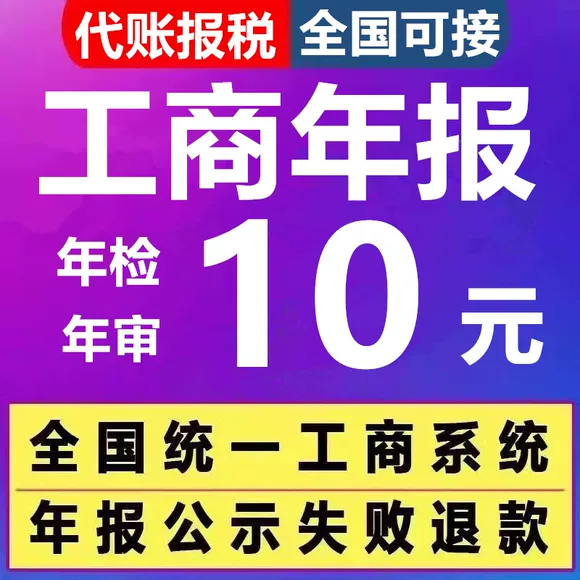很多进入事务所实习的 ACCAer 们首次听到 Vouching、Casting、Tie、Walk-Through 等“行话”肯定一脸懵,其实这些都是我们AA(F8)课程里面讲到的小知识点,今天 Vicki 老师带大家一起来看看这些审计“行话”都是什么意思?
第一组:Vouch & Trace假如我们把财务报表想象成一个“金字塔”,那么我们发生的每一笔 Transaction 包括销售、采购、费用支出都是金字塔的砖石,搭建成我们的金字塔。
Vouch 是指从财报上的某个项目追溯到其源头发票、订单等等,向下追溯,主要证明的“存在性”问题。
Trace 则是从发票订单向上追溯,看这些发票、订单是否被正确的记录在正确的分录账、总账,并正确形成财报,向上追溯,主要证明的事“完整性”的问题。
那么如何记忆这个小知识点?
我们把财报这张金字塔画出来,向上追溯的箭头,形状就像一个“T” ,所以是 Trace ,而向下追溯的箭头,形状像一个“V” ,所以是 Vouch 。
第二组 Casting & Tie在四大工作的小 ACCAer ,必不可少的工作就是 Casting 和 Tie 了。
Casting 在维基百科上的解释是“铸造”的意思。
Casting is a manufacturing process in which a liquid material is usually poured into a mold, which contains a hollow cavity of the desired shape, and then allowed to solidify.
在审计工作中,Casting 就是检查计算准确性,通常就是对表格中的数据进行手动加总,核实总数是否等于明细总数,其实和铸造也有类似的意思,都是积少成多的含义。
In audit,Casting refers to the checking of additions of books accounts and financial statements. may be detected.
另一个术语是 Tie。这里 Tie 肯定不是领带的意思,是“连接”的意思,也叫“Tie Out” .
Tie out is to check source documents to ensure that the statements on the balance sheet are correct,i.e. implement the means of auditing the accuracy of documents.
回到我们的金字塔,Tie 的步骤就是连接每个步骤的数据,查看财报上的数据,分别体现在明细账以及各类 Statement 和 Invoice 的情况。




